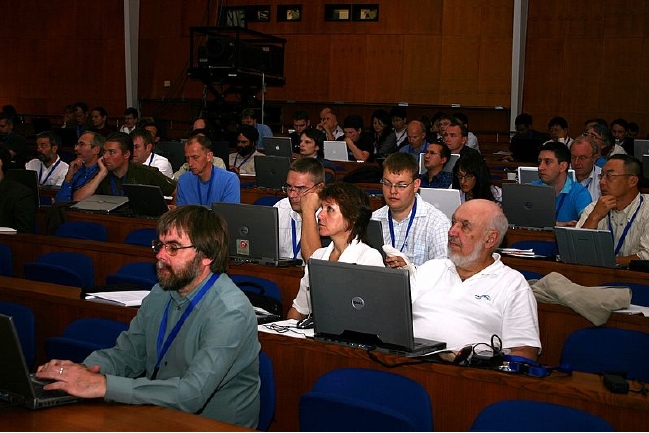circuit requirements for the then upcoming Supercomputing 2007 conference and about
preliminary findings of the EARNEST sub-study on technical issues. Representatives of SURFnet
and AARNet shared their experiences with fostering needs for lightpaths among their respective
constituencies; inter-domain monitoring and management of lightpaths started to converge
towards an interoperable approach.
The Control Plane Working Group kicked off with a review of the challenges related to the
interoperability of different control-plane software systems. Several presentations then triggered
lots of discussion. One focused on the reservation models (chain model and hybrid model) for
allocating bandwidth. Another featured a demonstration of lightpaths being used to provide a
large-scale high-performance digital media (HPDM) service. Authentication and authorization
issues were much addressed and possible solutions were presented. One involved 'tokens' pieces
of software that contain the information necessary to provision the path requested (by a user or
software) across multiple domains for a certain time. One of the outcomes of the control-plane
meeting was an agreement not to focus on specific control plane protocols, but on interoperability
of various control planes. To achieve this it is necessary to agree on the interfaces to be shared,
and to define a Generic Network Interface (GNI).
Figure 63: Plenary session at GLIF's 7th Annual Global LambdaGrid Workshop in Prague,
Czech Republic, September 17-18, 2007.
The 8th GLIF meeting will be held on October 1-2, 2008 in Seattle, WA, USA, hosted by Pacific
Northwest Gigapop and the University of Washington.
105

